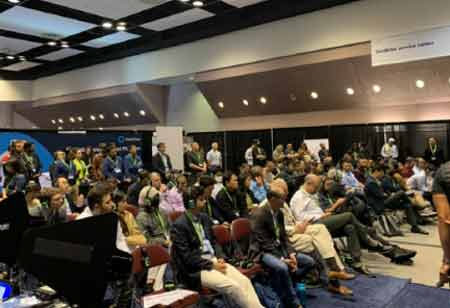Public transportation is an essential facility for any county and its population. Certain elements make public transportation reliable and robust.
Fremont, CA: Reliable and high-quality public transportation is vital for all urban areas, particularly in lower- and middle-income nations, where it often represents the sole accessible means of transport for millions.
Furthermore, adequate public transport is crucial for tackling the escalating issues of emissions, congestion, inequality, and traffic-related violence that arise from the increased reliance on private vehicles. As cities prepare for future challenges, they must develop and maintain robust transportation infrastructure and services that cater to their communities' diverse needs.
The Essentials for a Good Public Transport
A well-functioning public transport system enables individuals to reach a comparable or greater number of destinations as efficiently and securely as they would using private vehicles or motorcycles. Such a system must prioritize inclusivity by addressing the needs of historically marginalized groups and those with limited mobility options, including women, children, individuals with low incomes, and persons with disabilities.
Key Features of A Robust Public Transport System
to achieve this, public transport must be connective, providing an extensive network with frequent services that minimize wait times and improve accessibility across the city.It should be convenient, allowing all users, including those with disabilities or traveling with children, to utilize the system effectively. Reliability ensures consistent service intervals, reducing unpredictability and simplifying travel. A safe and comfortable experience prevents accidents involving vulnerable road users such as pedestrians and cyclists.
Cost-effective pricing ensures affordability while facilitating seamless multi-modal transportation without additional expenses. A customer-friendly design enhances usability by making navigation straightforward, encouraging greater adoption. Maintaining a clean, low-emission system helps reduce environmental impact and improves the passenger experience by mitigating air and noise pollution, supporting a sustainable and efficient urban transit network.
A system's ability to enhance these qualities directly correlates with the support it can offer its passengers. The process of making planning decisions regarding public transportation is inherently complex. Each city's transport network has distinct advantages, disadvantages, and challenges, and every initiative and policy entails specific benefits and costs that must be evaluated locally. There is no one-size-fits-all solution. Nevertheless, adequate public transportation remains essential for the proper functioning of a city, and the attributes of sufficient public transport are indeed universal.

